Chapter 32
Plant Reproduction
By Boundless
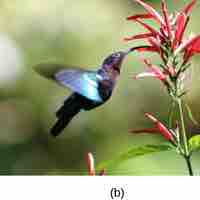
Plants have developed various strategies, both sexual and asexual, to ensure reproductive success.
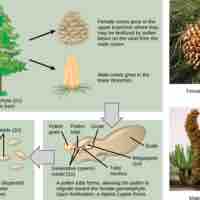
Gymnosperms produce both male and female gametophytes on separate cones and rely on wind for pollination.
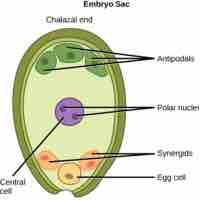
Angiosperms may be monoecious or dioecious and undergo sexual reproduction.
Plants can transfer pollen through self-pollination; however, the preferred method is cross-pollination, which maintains genetic diversity.
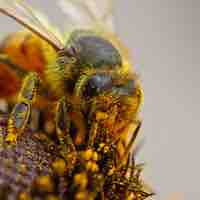
Plants have developed adaptations to promote symbiotic relationships with insects that ensure their pollination.
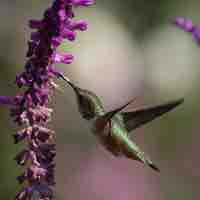
Non-insect methods of pollination include pollination by bats, birds, wind, and water.
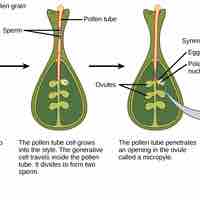
Angiosperms undergo two fertilization events where a zygote and endosperm are both formed.
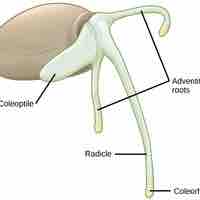
Monocot and dicot seeds develop in differing ways, but both contain seeds with a seed coat, cotyledons, endosperm, and a single embryo.
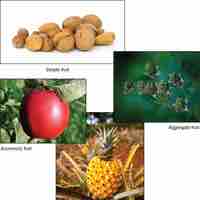
Fruits are categorized based on the part of the flower they developed from and how they release their seeds.
Some fruits can disperse seeds on their own, while others require assistance from wind, water, or animals.
Plants can reproduce asexually, without the fertilization of gametes, by either vegetative reproduction or apomixis.
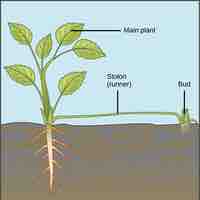
Plants can undergo natural methods of asexual reproduction, performed by the plant itself, or artificial methods, aided by humans.

The life cycles and life spans of plants vary and are affected by environmental and genetic factors.